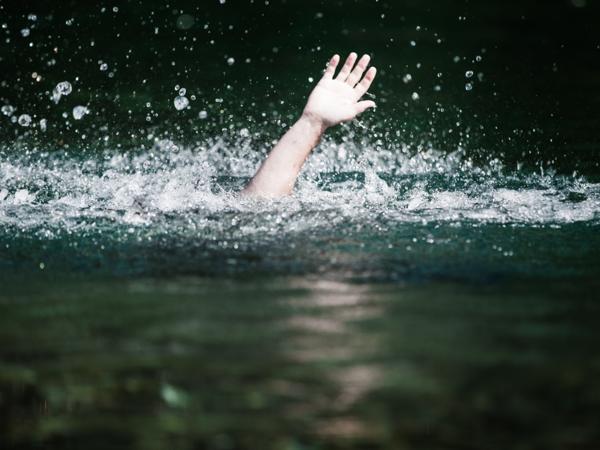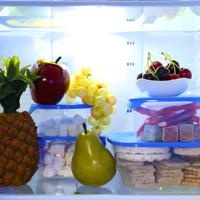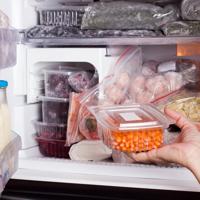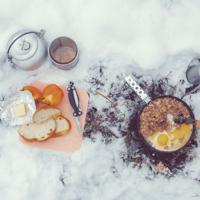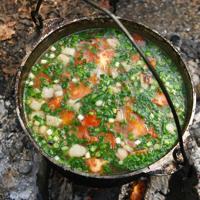Life can be unpredictable, and sometimes we find ourselves in situations where access to clean drinking water is compromised. Whether due to natural disasters, infrastructure failures, or personal emergencies, knowing how to properly treat water can be crucial for maintaining health and well-being. This guide provides an overview of methods to treat water in emergency scenarios, along with their practical applications.
Understanding the Basics
Before diving into specific methods, it's essential to understand the basic principles of water purification. Contaminated water can harbor pathogens, chemicals, and particulates that pose health risks. Water purification seeks to remove or neutralize these threats, making the water safe for consumption.
Common Contaminants
- Microorganisms: Bacteria, viruses, and parasites.
- Chemicals: Pesticides, heavy metals, and industrial pollutants.
- Physical Impurities: Dirt, silt, and debris.
Methods of Treating Water
Boiling
One of the most straightforward methods is boiling. Heating water to a rolling boil for at least one minute (or three minutes at altitudes above 2,000 meters) effectively kills most pathogens, including bacteria, viruses, and parasites.
Example: During a camping trip, your water filter fails. Boiling water over a campfire becomes a simple, reliable method to ensure safe drinking water.
Filtration
Filtration involves passing water through a device to remove particulates and many pathogens. Portable water filters are a practical option for emergency kits. They come in various forms, such as pump filters, gravity filters, or straw filters.
Example: You are on a hiking trail and need to refill from a stream. A reliable pump filter can quickly remove sediments and most bacteria.
Chemical Disinfection
Chemical treatments like iodine tablets or chlorine dioxide drops can disinfect water by neutralizing pathogens. They are lightweight and compact, making them ideal for emergencies.
- Iodine: Effective against bacteria and viruses but less so against protozoa.
- Chlorine Dioxide: More effective than iodine against a wider range of pathogens, including Cryptosporidium.
Example: After a flood, you have access to cloudy water. By using chlorine dioxide drops as per the instructions, you ensure the water is safe to drink.
Solar Disinfection (SODIS)
SODIS is a method where clear plastic bottles are filled with water and placed in direct sunlight for at least six hours. The sun’s UV rays can deactivate harmful pathogens.
Example: In areas with abundant sunlight and minimal resources, SODIS can be a viable option to purify water without any extra costs.
Distillation
Distillation involves heating the water until it vaporizes, then collecting the condensed steam. This process removes pathogens and many chemicals, though it requires significant energy input.
Example: In a prolonged emergency with access to heat and equipment, distillation can provide a continuous supply of purified water.
Points to Consider
While these methods are helpful, it’s important to assess each situation individually. Some methods might be more suited to certain conditions than others.
- Boiling and chemical disinfection may not remove chemical contaminants.
- Filtration might not eliminate viruses unless it has an appropriate pore size.
- SODIS requires non-cloudy days and proper handling to ensure effectiveness.
Conclusion
In emergency situations, having the skills to purify water is empowering. Understanding the benefits and limitations of each method will better equip you to make informed decisions for you and your loved ones.
Whether it's ensuring that your hiking trip remains enjoyable or preparing for unforeseen disasters, these water treatment techniques can offer peace of mind.
References
- Centers for Disease Control and Prevention. (2022). Emergency Disinfection of Drinking Water.
- World Health Organization. (2017). Guidelines for Drinking-water Quality.
Hopefully, you never find yourself in a situation where these skills are necessary. But if you do, knowing how to purify water can be invaluable. Stay safe and prepared!
